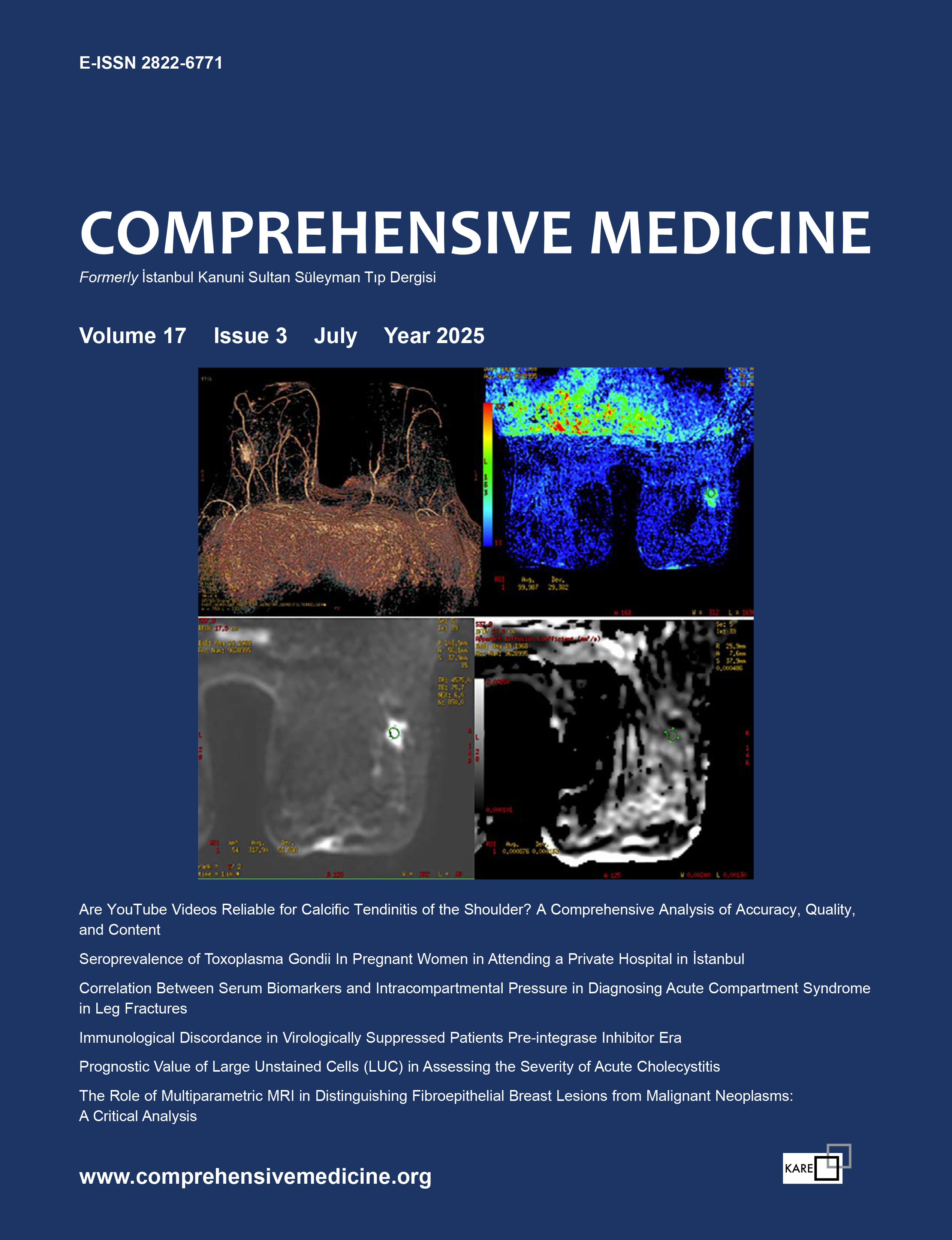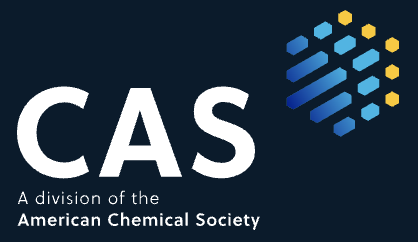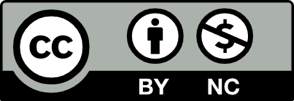Immunological Discordance in Virologically Suppressed Patients Pre-integrase Inhibitor Era
Esra Fersan1, Ahmet Cem Yardımcı2, Bahadır Ceylan3, Eda Alp1, Muzaffer Fincancı41Department of Infectious Disease and Clinical Microbiology, Başakşehir Çam and Sakura City Hospital, İstanbul, Türkiye2Department of Infectious Disease and Clinical Microbiology, VM Medicalpark Mersin Hospital, Mersin, Türkiye
3Department of Infectious Disease and Clinical Microbiology, Bağcılar Medipol Mega Univercity Hospital, Istanbul, Türkiye
4Retired, İstanbul Training and Research Hospital, İstanbul, Türkiye
INTRODUCTION: The majority of HIV-infected patients commencing antiretroviral therapy typically experience a rapid reduction in plasma HIV-RNA levels and an increase in CD4+ T lymphocyte count. Nevertheless, in certain cases, the suppression of viral replication does not coincide with a notable rise in CD4+ T lymphocyte count—a phenomenon referred to as a “discordant response.” This study aims to investigate the frequency of immunological discordant responses and the associated factors in HIV-infected patients.
METHODS: We retrospectively analyzed the records of 216 HIV-infected patients who were monitored at our outpatient clinic between 2002 and 2014. We identified patients over 18 years old and previously drug-naïve who were under treatment. Viral suppression was defined as a plasma viral load below 200 copies/mL during therapy. Patients achieving virological suppression were assessed for immunologic responses at the 6th and 12th months of the antiretroviral therapy (ART) regimen. A discordant response was considered if there was an increase of less than 50 cells/mm³ in CD4+ T lymphocyte count compared to baseline levels at the 6th month, and this threshold was set at 100 cells/mm³ at the 12th month of therapy. We examined the relationship between immunological discordance and parameters such as age, gender, baseline CD4+ T lymphocyte count, baseline HIV-RNA level, and treatment regimen.
RESULTS: Of the 93 patients who met the inclusion criteria, the majority were male (81%), with a mean age of 37 years. The median baseline viral load was 5.35 log10 copies/mL, and the median baseline CD4+ T lymphocyte count was 272 cells/mm³. The most common treatment regimen among the patients (68.6%) consisted of Efavirenz (EFV) + Tenofovir/Emtricitabine (TDF/FTC). At the 6th month, 10 patients (10.7%) exhibited discordant responses, while at the 12th month, 14 patients (17.5%) showed discordant responses.
DISCUSSION AND CONCLUSION: No significant relationship was found between the discordant response and age, gender, baseline CD4+ T lymphocyte counts, baseline HIV-RNA levels, or treatment regimens during both the 6th and 12th months of the treatment.
Antiretroviral tedavi ile Viroloji yanıtlı hastalarda immunolojik diskordansın sıklığı ve etki eden faktörler
Esra Fersan1, Ahmet Cem Yardımcı2, Bahadır Ceylan3, Eda Alp1, Muzaffer Fincancı41Başakşehir Çam ve Sakura Şehir Hastanesi, Enfeksiyon Hastalıkları ve Klinik Mikrobiyoloji Ana Bilim Dalı, Istanbul2Vm Medicalpark Mersin Hastanesi, Enfeksiyon Hastalıkları Ve Klinik Mikrobiyoloji Ana Bilim Dalı, Mersin
3Bağcılar Medipol Mega Üniversite Hastanesi, Enfeksiyon Hastalıkları Ve Klinik Mikrobiyoloji Ana Bilim Dalı, Istanbul
4Emekli
GİRİŞ ve AMAÇ: HIV ile enfekte hastaların çoğunda antiretroviral tedavi (ART) sonrası plazma HIV-RNA düzeylerinde hızlı düşüş ve CD4+ hücre sayısında artış görülür. Ancak bazı hastalarda viral baskılanmaya rağmen CD4+ T hücre sayısında yeterli artış olmaz; bu durum “diskordans yanıt” olarak adlandırılır. Bu çalışmada, HIV ile enfekte hastalarda immünolojik diskordan yanıt sıklığı ve ilişkili faktörler araştırılmıştır.
YÖNTEM ve GEREÇLER: 2002–2014 yılları arasında polikliniğimizde izlenen 216 HIV pozitif hastanın dosyaları geriye dönük incelendi. Çalışmaya 18 yaş üzeri, daha önce tedavi almamış ve tedavi altında olan hastalar dahil edildi. Viral baskılanma, plazma viral yükünün <200 kopya/ml olması olarak tanımlandı. Virolojik baskılanma sağlanan hastaların 6. ve 12. aylardaki immün yanıtları değerlendirildi. Altıncı ayda CD4+ T lenfosit artışının <50 hücre/mm³, 12. ayda ise <100 hücre/mm³ olması diskordans yanıt olarak kabul edildi.
Diskordans yanıt ile yaş, cinsiyet, başlangıç CD4+ ve HIV-RNA düzeyleri ile tedavi rejimleri arasındaki ilişki analiz edildi.
BULGULAR: Kriterlere uyan 93 hastanın %81’i erkekti ve yaş ortalaması 37 idi. Ortanca başlangıç viral yükü 5,35 log₁₀ kopya/ml, CD4+ T lenfosit sayısı 272 hücre/mm³ idi. En sık kullanılan rejim (%68,6) Efavirenz (EFV) +Tenofovir/Emtrisitabin (TDF/FTC) idi. Altıncı ayda 10 hasta (%10,7), 12. ayda 14 hasta (%17,5) diskordans yanıt gösterdi.
TARTIŞMA ve SONUÇ: Diskordans yanıt ile yaş, cinsiyet, başlangıç CD4+ sayısı, HIV-RNA düzeyi veya tedavi rejimi arasında 6. ve 12. aylarda anlamlı ilişki saptanmadı.
Manuscript Language: English






















